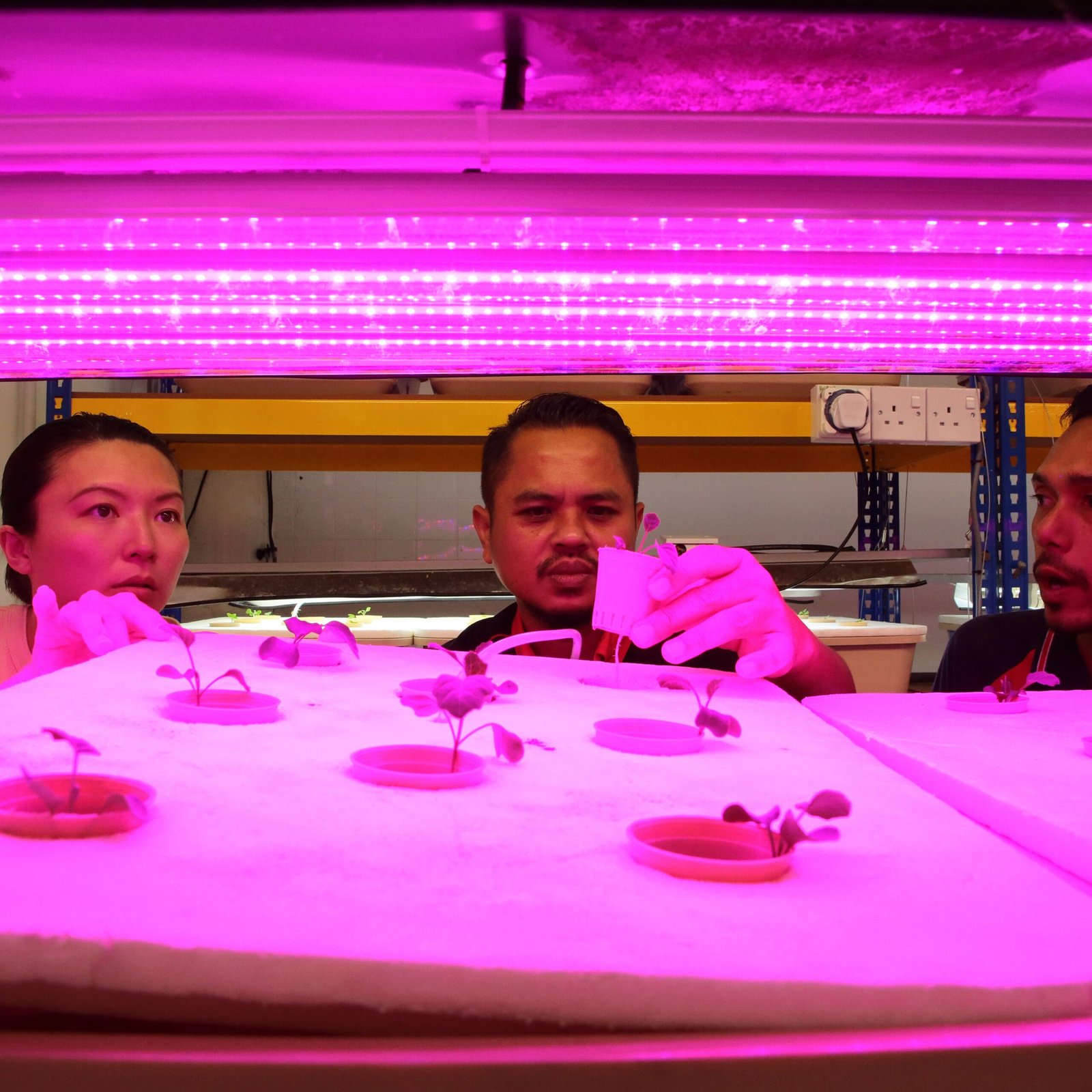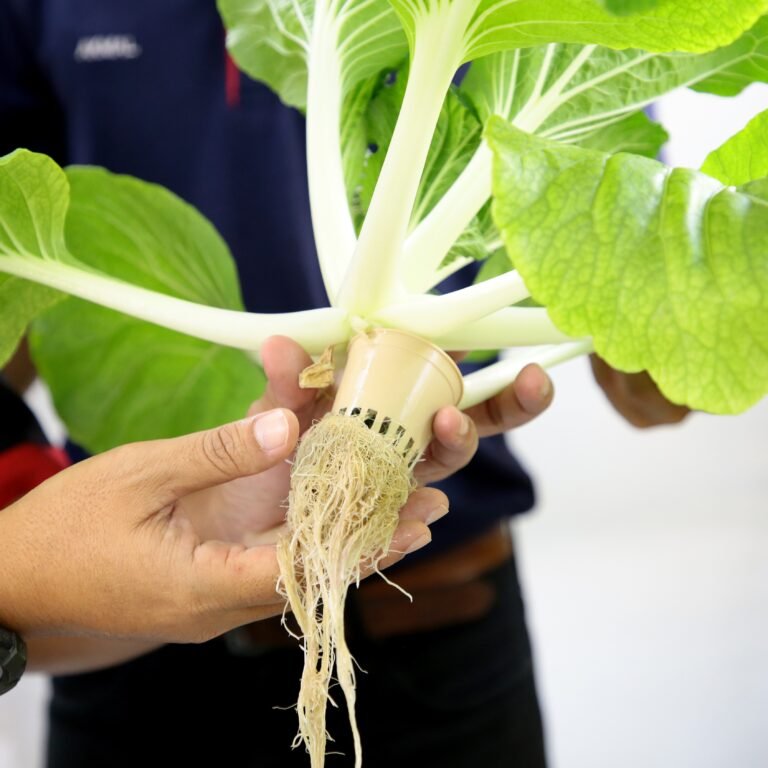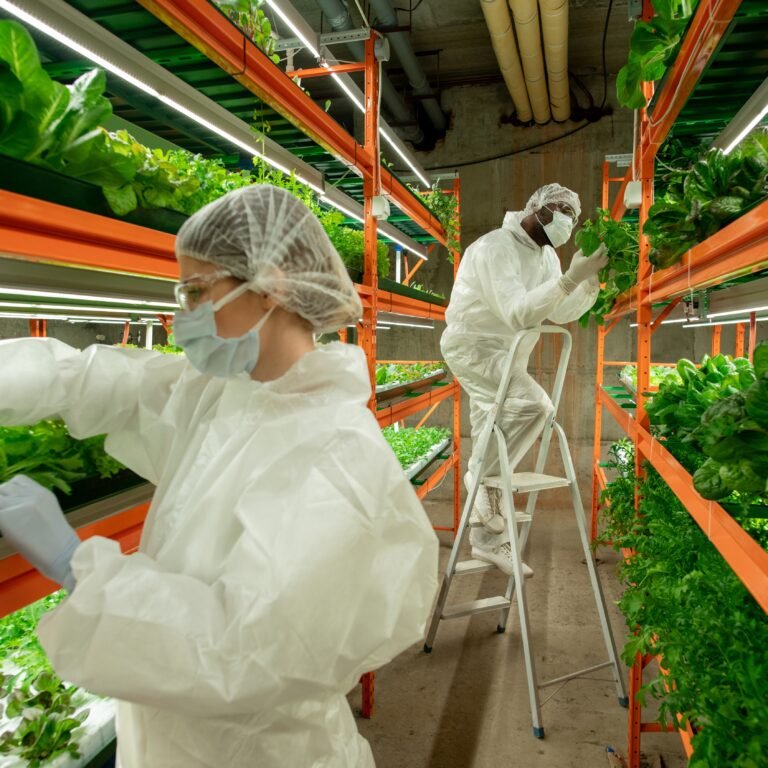Section 1: Cultivating New Horizons
In the vast realm of agriculture, a new horizon is dawning. We are witnessing the rise of a regenerative vertical farming system that is breaking barriers and daring to grow in ways never imagined before. This innovative approach to farming is harnessing cutting-edge technology and sustainable practices to create a brighter future for our planet. It’s time to explore the limitless potential that vertical farming holds.
Vertical farming, as the name suggests, involves cultivating crops in vertically stacked layers. By utilizing unused urban spaces and employing controlled environments, this revolutionary farming technique maximizes land utilization, conserves water, and minimizes the use of harmful pesticides. Beyond its ecological benefits, vertical farming also offers a solution to the growing food demand of our ever-expanding population.
Section 2: A Bounty of Benefits
Embracing the potential of vertical farming opens up a world of benefits for both farmers and consumers. For farmers, it means weather-independent and year-round cultivation. No longer at the mercy of seasonal changes or extreme weather events, vertical farmers can grow crops consistently and predictably. This stability not only ensures a reliable income for farmers but also reduces the risk of food scarcity caused by crop failures.
Consumers, on the other hand, benefit from access to fresh and nutritious produce right at their fingertips. With vertical farms strategically located in urban areas, the time between harvest and consumption is drastically reduced. This means no more long-haul transportation, preserving the flavor and nutritional value of the produce. Say goodbye to tasteless, wilted greens and hello to vibrant, flavorful crops that nourish both body and soul.
Section 3: Paving the Way for a Greener Future
Vertical farming is not just a means to an end; it is a stepping stone towards a greener future. By practicing sustainable farming methods, such as hydroponics or aeroponics, vertical farmers are minimizing the use of natural resources and reducing their carbon footprint. Water consumption is significantly reduced, as crops are grown in a soilless environment and delivered directly to the roots through a carefully calibrated system. Additionally, the controlled environment of vertical farms eliminates the need for pesticides and herbicides, making it a safer and healthier choice for both farmers and consumers.
As we venture into uncharted territory, the potential of vertical farming seems boundless. With advancements in technology and our unwavering commitment to sustainability, we can reshape the landscape of agriculture. Together, we can rise to the challenge of feeding a growing population without compromising the health of our planet. The future of farming lies in vertical farming, and the possibilities are blooming.




